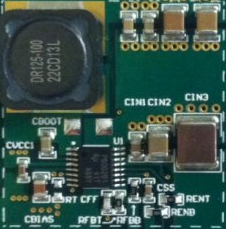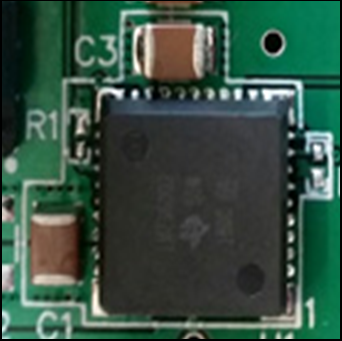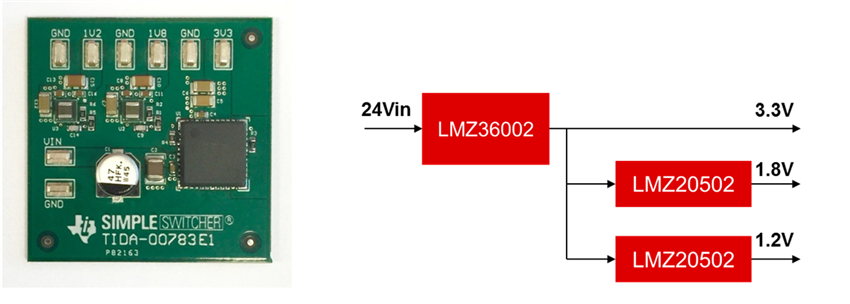SSZTBU4 december 2015 LMZ20502 , LMZ36002

Designing power supplies for factory-automation equipment such as programmable logic controllers, transmitters, automation machinery and human machine interfaces can come with a lot of challenges. Even as processing power continues to increase, printed circuit board (PCB) area and overall equipment sizes tend to remain the same. To meet these strict space constraints, power-supply designs should be compact but also operate efficiently and quietly; heat and noise are absolutely not permissible. In addition, there are multiple industrial power-supply requirements, including a wide-input voltage range, a small solution size and the ability to operate at a high temperature range. Power-supply designers must keep component counts and costs down while providing a reliable solution that doesn’t require a lot of debugging. So starting with an integrated and robust device is a high priority.
Figure 1 is a 60V 2A discrete solution, with all passives, and inductor chosen by the designer. Figure 2 is an equivalent design using a power module. Most of the passives and inductor are included in the module.
 Figure 1 60V 2A discrete solution
Figure 1 60V 2A discrete solution Figure 2 60V 2A power-module
solution
Figure 2 60V 2A power-module
solutionAt the highest level of power supply integration, a power module at the very least will include passives, field-effect transistors and an inductor in the package (Figure 2). The benefit of a power module is that it eliminates the task of selecting and evaluating the inductor; it also simplifies PCB layout, and you won’t have to design an external compensation network. Wide-input-voltage devices such as the SIMPLE SWITCHER® LMZ36002 are an ideal solution for power-supply design challenges. The SIMPLE SWITCHER LMZ36002 is an integrated power module that combines a 60V, 2A DC/DC converter with a shielded inductor and passives into a low-profile quad flat no-leads package. Ideal for designers seeking higher power density, the SIMPLE SWITCHER LMZ36002 has the smallest solution size in its class, requiring as few as three external components along with a small 10mm-by-10mm package.
Designers can create a custom LMZ36002 design using WEBENCH® Power Designer (see this sample design for VIN = 10V-60V and VOUT = 5V at 2A). To design for other specifications, enter the inputs in the “Change Inputs” section, then click “Submit.” This will create a customized design. You can further analyze the design by performing electrical and thermal simulations and even export the schematics and customized layouts to popular CAD formats once you are ready to prototype your design.
For power designers who want to take their design to the next level, the TI Designs Space Optimized Wide VIN Triple-Output Power Module Reference Design supplies power for a 24V rail and provides three point-of-load output voltages: 3.3V, 1.8V and 1.2V (Figure 3). The reference design features the LMZ36002 wide VIN power module and two LMZ20502 nano modules. The layout is optimized for space-constrained systems, while the total solution size is about 400mm2.
On the left is the TIDA-00783 space optimized reference design. On the right is a high level block diagram, illustrating how three modules are used to step down from 24VIN to point-of-load voltages.

In conclusion, there are multiple ways to design a power supply. However, for those that want to create a design that will not take a lot of time, have limited board space, or just want an easy solution with high power-to-space ratio without sacrificing performance, then a module may be the best solution.
Additional Resources
- View TI’s extensive portfolio of SIMPLE SWITCHER power module solutions for POL, wide VIN and everything in between.
- See all of TI’s SIMPLE SWITCHER easy-to-use power supply solutions.
- Consider TI’s broad selection of analog and embedded processing products, reference designs and technical resources to complete and optimize your factory automation systems.